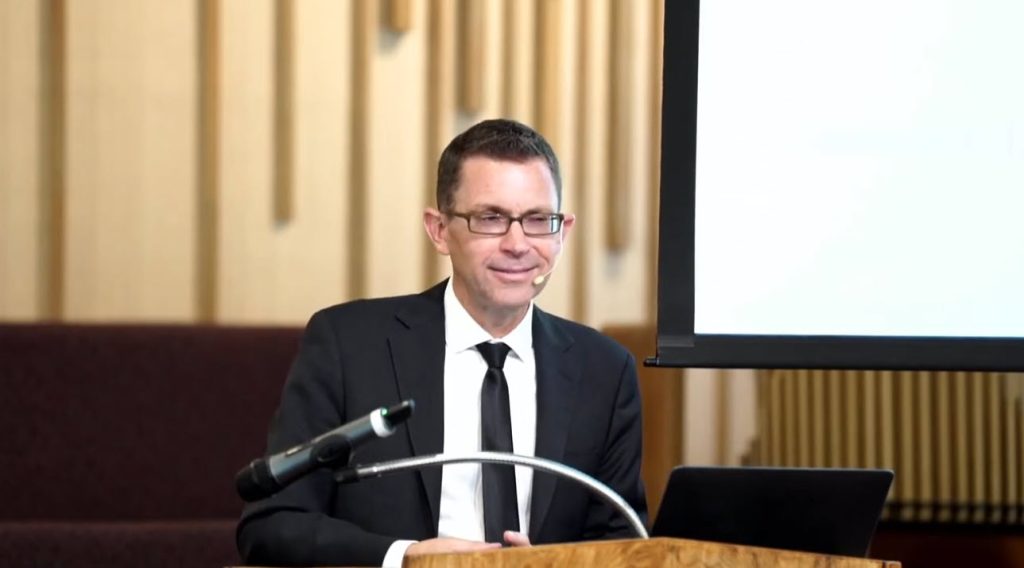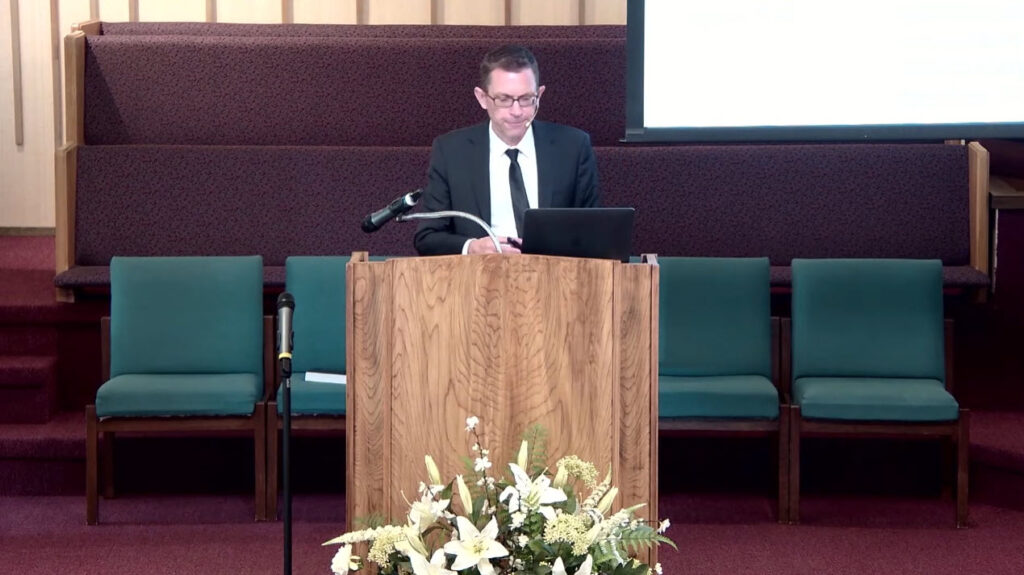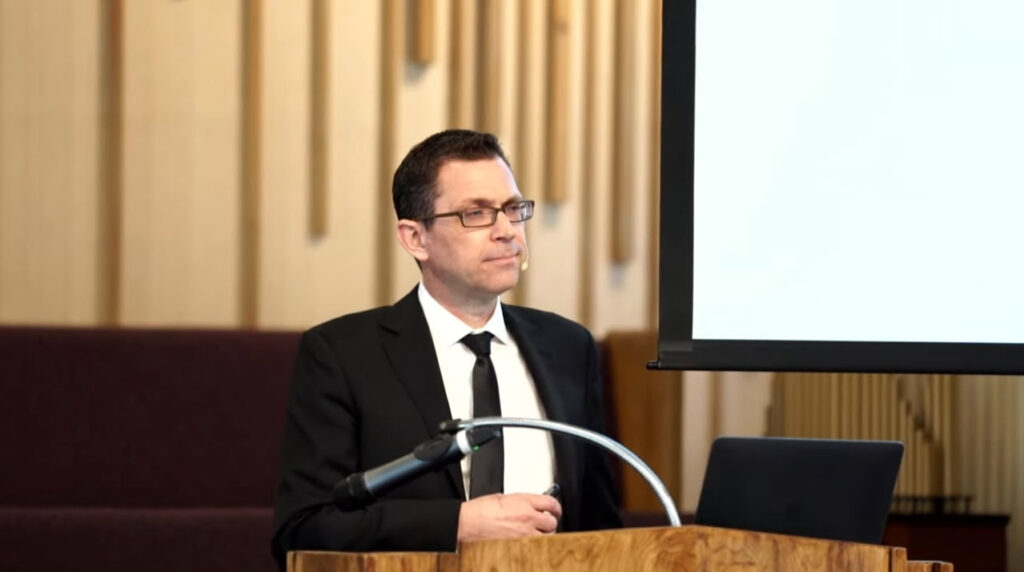Introduction
The message centers on the spiritual significance of the burning incense sensor (censer) in the heavenly sanctuary, symbolizing the prayers of the saints and Christ’s intercession before God the Father. It emphasizes understanding the ongoing heavenly ministry and the connection between prayer, the sanctuary service, and salvation.
Importance of Incense in the Sanctuary
- Biblical Foundation: Exodus 30:1,7-8 describes the altar of incense in the sanctuary where incense is burned perpetually, symbolizing continuous prayer offered to God.
- Symbolism:
- The incense represents the prayers of God’s people.
- The high priest (Jesus Christ) ministers before the Father, interceding on behalf of believers.
- Revelation 8:3-4: An angel offers incense mixed with the prayers of all saints, which ascends before God as a fragrant offering.
The Sanctuary Layout and Spiritual Meaning
- Sanctuary Elements:
- Altar of incense at the center.
- The veil separating holy and most holy places.
- Ark of the Covenant containing the Ten Commandments (testimony).
- Seven candlesticks representing the Holy Spirit.
- Table of showbread representing the Word of God.
- Jesus as High Priest: Represents humanity before God and intercedes continually.
- Colors Symbolizing Law and Righteousness:
- Blue represents God’s law and character (seen in priestly garments, sapphire stones, heaven’s firmament).
- White represents righteousness and purity (garments of saints after sanctification).
The Nature of God’s Law
- The law is a transcript of God’s eternal character (Psalm 119:142).
- It reflects internal righteousness, not just an external code.
- The law must be internalized through faith and obedience.
- True faith involves commitment and results in transformation (James 2:14-20).
Prayer and Intercession
- Prayer is essential for an intimate relationship with God (Matthew 6:6).
- The Holy Spirit helps believers pray when words fail (Romans 8:26).
- Prayer mingled with the Holy Spirit is like incense acceptable to God.
- The heavenly sanctuary is where Christ presents these prayers before the Father.
Day of Atonement and Judgment
- The Day of Atonement symbolizes judgment and purification in the heavenly sanctuary.
- Leviticus 16 describes how the high priest enters alone to offer incense on burning coals before the veil.
- This act represents Christ’s final work of cleansing sin before His second coming.
- Judgment involves examining lives during probation; after this, no further opportunity for repentance exists.
- The message highlights that living believers are under special purification during this time.
Practical Application: Conversion and Sanctification
- Forgiveness is only the beginning; heart transformation and obedience to God’s law are necessary for salvation.
- Daily prayer, Bible study, and reliance on the Holy Spirit are likened to daily sanctuary services preparing believers for judgment.
- The Sabbath is described as a weekly rehearsal for eternal fellowship with God.
- True conversion leads to reform in life, including customs and practices aligned with God’s commandments.
Closing Encouragement
- Believers are encouraged to come boldly to God’s throne of grace to receive mercy and strength.
- The message concludes with a prayer based on Psalm 51, asking God for mercy, cleansing, renewal, and strength to overcome sin.
- Emphasis on the urgency to accept Christ’s intercession now, as the investigative judgment continues in heaven.
Key Scripture References
| Scripture | Theme |
|---|---|
| Exodus 30:1,7-8 | Altar of incense and perpetual prayer |
| Revelation 8:3-4 | Incense mingled with prayers ascends to God |
| Romans 8:26 | Holy Spirit intercedes in prayer |
| Matthew 6:6 | Private prayer life |
| Psalm 91:1 | Promise of protection during plagues |
| Exodus 31:18 | Ten Commandments as God’s testimony |
| Ezekiel 1:26 & 10:1 | Sapphire stone throne representing God’s law |
| Psalm 119:142 | Law equals everlasting righteousness |
| Romans 3:21-28 | Righteousness by faith in Jesus Christ |
| James 2:14-20 | Faith without works is dead |
| Leviticus 16 | Day of Atonement rituals |
| Hebrews 9:3-7 | Christ’s ministry in the heavenly sanctuary |
| Psalm 51 | David’s prayer for forgiveness and sanctification |
Conclusion
The video teaches that the burning incense sensor symbolizes Christ’s ongoing intercession and the prayers of believers in heaven. It stresses the internalization of God’s law through faith and sanctification, preparing believers for judgment. Prayer, Bible study, and reliance on the Holy Spirit are vital daily practices reflecting the sanctuary service. The Day of Atonement is a heavenly judgment event where sin is finally removed. Christians are called to earnest self-examination, repentance, and a transformed life as they prepare for Christ’s return.




